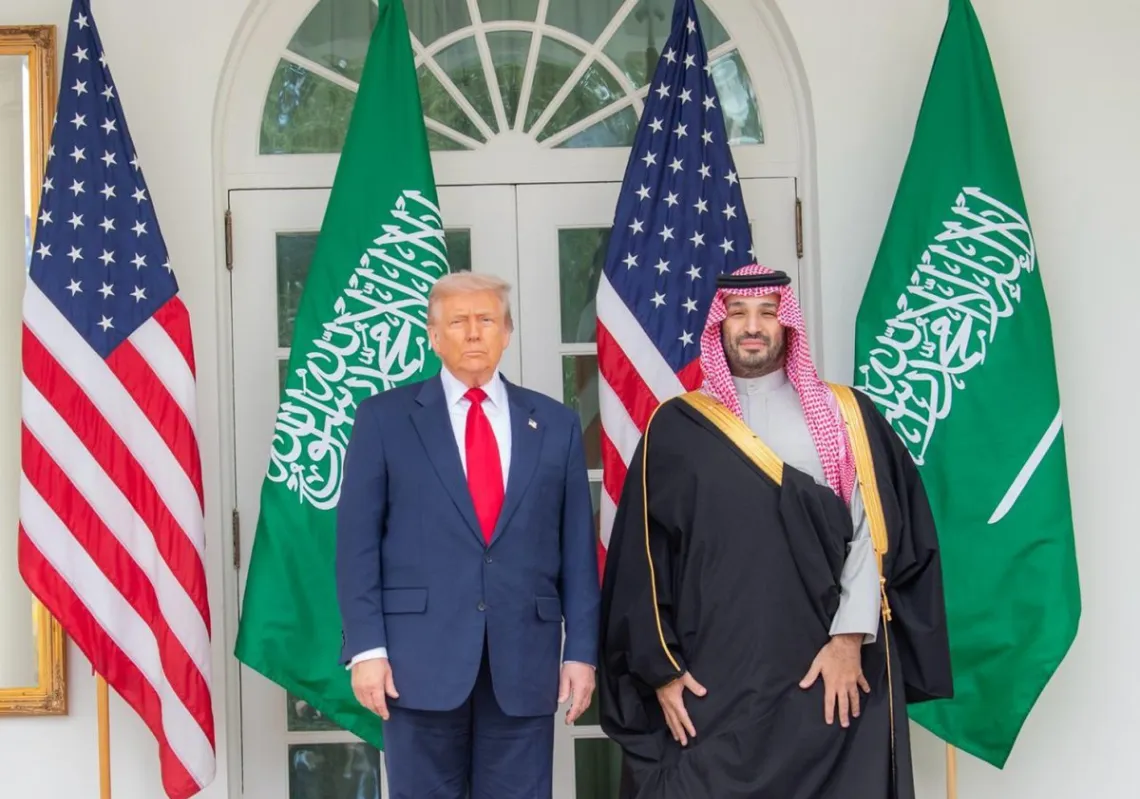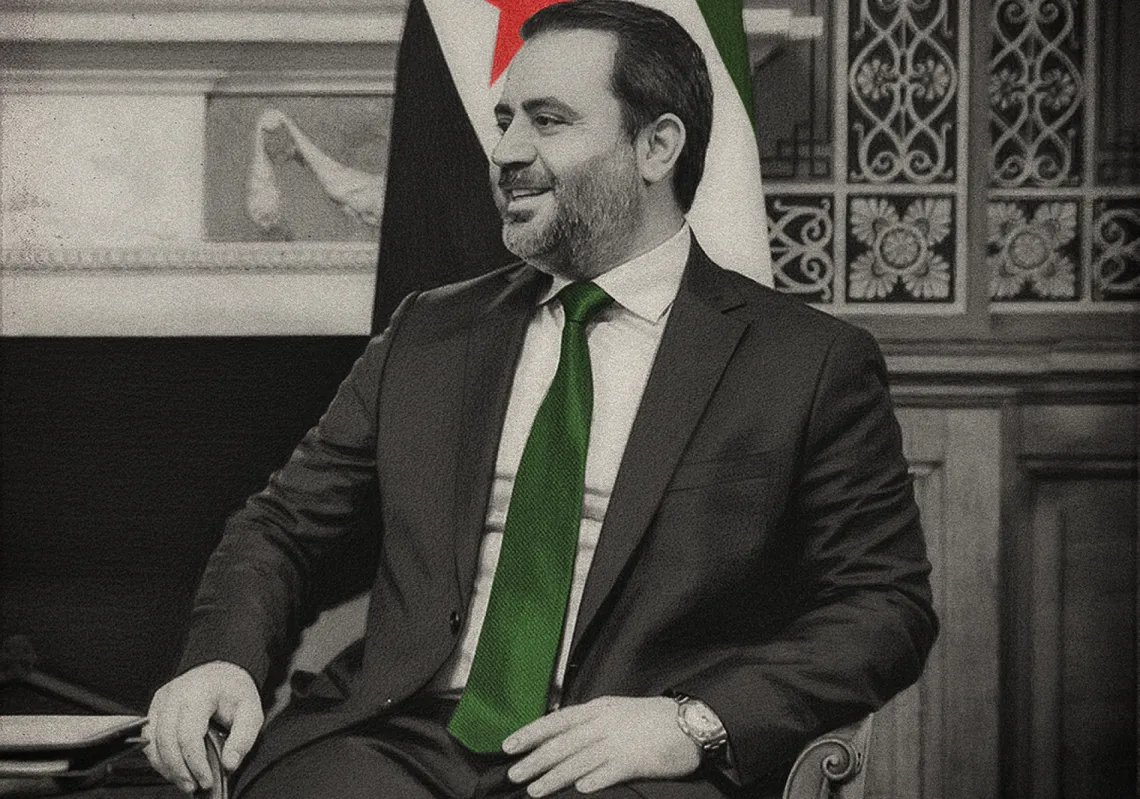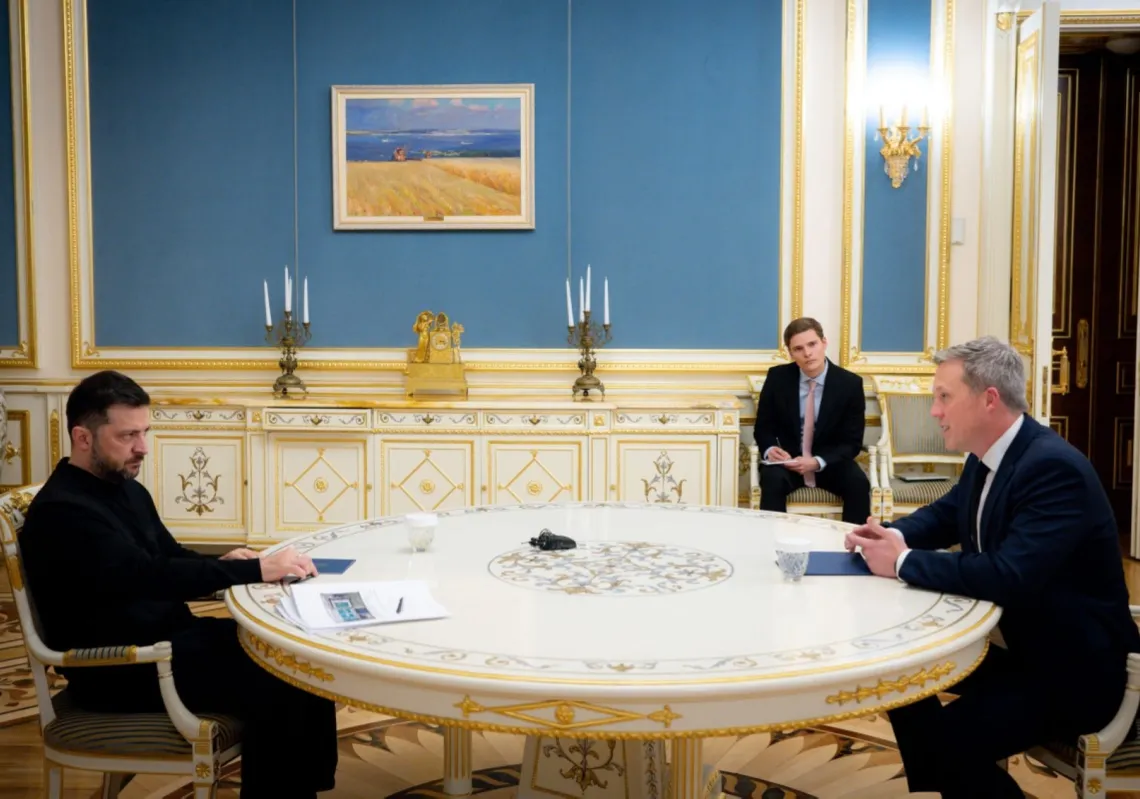It’s been years now since the US-Russia relationship began to deteriorate and has kept reaching new lows. It all started after the Clinton-Obama era attempt at yet another “reset”, ending in spectacular failure as Russia annexed Ukraine’s Crimea peninsula in 2014 and fueled the outbreak of still ongoing civil war in the Donbas region. Things reached an all-time low during the Trump presidency as the last pieces of US-Russia cooperation began to fall apart – even the nuclear arms control treaties in place since the Soviet era could not withstand the ever-deteriorating security environment. In August 2019 the Intermediate Range Nuclear Forces (INF) treaty officially ended. This was an arms control treaty signed by Ronald Reagan and Mikhail Gorbachev in 1987. It imposed reductions of nuclear arsenals on the US and the USSR – later Russia and prevented an arms race in Europe. The treaty eliminated some 2700 short- and long-range nuclear missiles and held for over three decades allowing the two superpowers to focus on other security concerns. But the Obama administration discovered issues with Russia’s compliance with the treaty’s terms. Moscow made the same accusations, and the two parties agreed to keep working on resolving those issues. But the Trump administration ended up choosing to withdraw from the treaty entirely. Trump’s national security adviser at the time, John Bolton, argued that Russia was already violating the treaty anyway, and the US was being prevented from developing additional warheads and thus competing with other nuclear power rivals like China. Trump explained his decision to withdraw from the INF treaty by saying: “Unless Russia comes to us and China comes to us and they all come to us and they say, ‘Let’s all of us get smart and let’s none of us develop those weapons,’ but if Russia’s doing it and if China’s doing it and we’re adhering to the agreement, that’s unacceptable. So we have a tremendous amount of money to play with our military.”

Death of the INF treaty spread mass panic among the US national security expert community. The US is extremely unlikely to deploy intermediate-range weapons, but Russia can keep developing previously illegal weapons and deploy them in Europe if it so pleases. In recent years Kremlin has been extremely adamant about its willingness to respond to any perceived threats coming from NATO, which suspended its cooperation with Russia on ballistic missile systems defense back in 2014 as a response to the latter’s annexation of Crimea.
The New START treaty was another major arms control treaty between the US and Russia and ended up on the chopping block once President Trump killed the INF treaty. New START is the successor of SORT – a treaty signed by George W Bush and Vladimir Putin back in 2002. Per the treaty, the United States and Russia reduced their strategic arsenals to 1,700-2,200 warheads each. The warhead limit took effect and expired on the same day, Dec. 31, 2012 and was replaced by the New START treaty which was signed in 2010. The agreement that each side to 1,550 strategic nuclear warheads deployed on 700 strategic delivery systems (ICBMs, SLBMs and heavy bombers) and limits deployed and nondeployed launchers to 800. According to the Arms Control Association “Measures under the treaty include on-site inspections and exhibitions, data exchanges and notifications related to strategic offensive arms and facilities covered by the treaty, and provisions to facilitate the use of national technical means for treaty monitoring. The treaty also provides for the continued exchange of telemetry (missile flight-test data on up to five tests per year) and does not meaningfully limit missile defenses or long-range conventional strike capabilities.”
The New START treaty was due to expire in 2021, and Donald Trump’s possible reelection in November 2020 would imply that much like the INF treaty, New START too would not be renewed. In February 2021, as one of his first acts in the White House, President Biden agreed to extend the treaty until February 5, 2026. But the INF treaty remains dead, and tensions between the United States and Russia are still significant.
President Biden made it clear, after his June 2021 summit with Vladimir Putin, that the United States would actively look for areas of cooperation with Russia going forward in order to achieve a stable and predictable relationship. Biden pointed out strategic stability, arms control measures, and ways to prevent unintended conflict as one of those areas. He announced that the United States and Russia would be launching a bilateral strategic stability dialogue to work on these issues. He remarked:
“I’m pleased that he agreed today to launch a bilateral strategic stability dialogue — diplomatic speak for saying, get our military experts and our — our diplomats together to work on a mechanism that can lead to control of new and dangerous and sophisticated weapons that are coming on the scene now that reduce the times of response, that raise the prospects of accidental war. And we went into some detail of what those weapons systems were.”

It appears that arms control – previously an anxiety-inducing issue for Russia-watchers – has become the spark that promises to slowly thaw the previously frozen US-Russia relations. On July 28th the two sides held their first closed door talks. US Deputy Secretary of State Wendy Sherman and Russian Deputy Foreign Minister Sergei Ryabkov discussed ways in which they can reduce the threat of a nuclear war or any form of an armed conflict. The two sides agreed to meet again, informally, in September.
Many Russia watchers consider Biden’s Russia policy underwhelming so far. Moscow continues to gain ground over the US in places where it has made significant long-term investments in the recent years. We have been expecting the US to become more deeply involved in resolving the conflicts and achieving stability in Ukraine, Belarus, Georgia, more closely engaging in the Caucasus and the Black Sea regions, and implementing a tougher, clearer Russia policy. Very little has happened on most of those fronts and the region remains marred by chaos to Russia’s strategic advantage. But a clearer, tougher Russia policy should not preclude the US from working with Russia on issues that simply cannot be resolved without Russia’s buy-in, and nuclear arms control is just that unique area. The Sherman-Ryabkov meeting comes just days after significant tensions between Russia and NATO military forces over the Sea Breeze exercises in the Black Sea. Moscow is getting ready for its September 2021 Zapad exercises in and near the Baltic Sea, it has de facto control of the waters surrounding Ukraine’s Crimea Peninsula in the Black Sea, it is militarily backing the Assad regime in Syria and has recently placed additional military “peace keeping” forces in the South Caucasus – this time in Nagorno Karabakh. Now more than ever areas of accidental or unintentional armed conflict between Russia and the US, European, and NATO forces are plenty. Thus any form of a dialogue between Washington and Moscow comes as promising news.
Maia Otarashvili is a Research Fellow and Deputy Director of the Eurasia Program. Maia also serves as the Deputy Director of Research at FPRI. Her research interests include geopolitics and security of the Black Sea-Caucasus region, Russian foreign policy, and the post-Soviet “frozen” conflicts.
Read More:
Putin and Biden Agree at Summit to Resume Arms Control Talks
U.S. Extends New START Treaty with Russia for Five Years - Blinken












